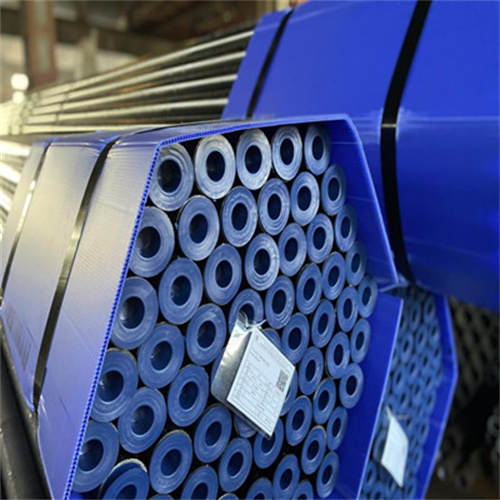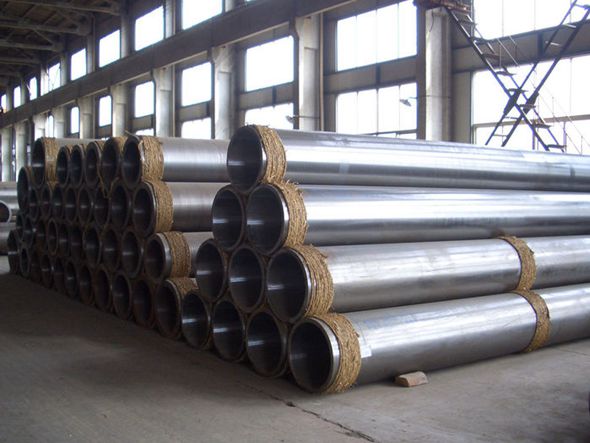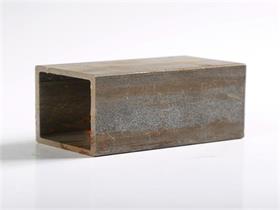Advantages of Using ASTM 304 and 316L Stainless steel Tubes in Industrial Applications
Stainless steel tubes are widely used in various industrial applications due to their durability, Corrosion resistance, and high strength. Among the different grades of stainless steel available, ASTM 304 and 316L are two of the most commonly used grades for welded Seamless BA stainless steel tubes in the industry.
One of the key advantages of using ASTM 304 and 316L stainless steel tubes is their excellent corrosion resistance. These grades of stainless steel contain a higher percentage of chromium, which forms a protective oxide layer on the surface of the Material, preventing corrosion and rusting. This makes them ideal for use in harsh environments where exposure to moisture, chemicals, or high temperatures is common.

In addition to their corrosion resistance, ASTM 304 and 316L stainless steel tubes also offer high strength and durability. These grades of stainless steel have a high Tensile strength, making them suitable for applications that require strong and reliable materials. Whether used in structural components, pressure vessels, or piping systems, ASTM 304 and 316L stainless steel tubes can withstand heavy loads and harsh operating conditions.
Another advantage of using ASTM 304 and 316L stainless steel tubes is their versatility. These grades of stainless steel can be easily welded, fabricated, and formed into various shapes and sizes to meet the specific requirements of different industrial applications. Whether you need straight lengths of Tubing, coils, or custom-made components, ASTM 304 and 316L stainless steel tubes can be tailored to suit your needs.
Furthermore, ASTM 304 and 316L stainless steel tubes are hygienic and easy to clean, making them ideal for use in industries such as food and beverage, pharmaceuticals, and medical devices. The smooth surface of these stainless steel tubes prevents the accumulation of bacteria, dirt, and other contaminants, ensuring a clean and sanitary environment for sensitive applications.
In terms of aesthetics, ASTM 304 and 316L stainless steel tubes have a bright annealed (BA) finish, which gives them a polished and reflective surface. This not only enhances the visual appeal of the tubes but also makes them easier to clean and maintain. The BA finish also provides a smooth and uniform surface that is free from imperfections, ensuring a high-quality and professional appearance.
Overall, ASTM 304 and 316L stainless steel tubes offer a wide range of advantages for industrial applications. From their excellent corrosion resistance and high strength to their versatility and hygienic properties, these grades of stainless steel are well-suited for a variety of industries and applications. Whether used in the construction of machinery, equipment, or infrastructure, ASTM 304 and 316L stainless steel tubes provide a reliable and durable solution for your industrial needs.
Key Differences Between Welded and Seamless Ba Stainless Steel Tubes in the ASTM 304 316L Industry
Stainless steel tubes are widely used in various industries for their durability, corrosion resistance, and aesthetic appeal. In the ASTM 304 316L industry, both welded and seamless Ba stainless steel tubes are commonly used. While both types of tubes serve the same purpose, there are key differences between them that can impact their performance and suitability for different applications.
One of the main differences between welded and seamless Ba stainless steel tubes is the manufacturing process. Welded tubes are made by Welding together two pieces of stainless steel, while seamless tubes are produced by extruding a solid billet of stainless steel. This fundamental difference in production methods results in variations in the physical properties of the tubes.
Welded stainless steel tubes are generally less expensive to produce than seamless tubes, making them a cost-effective option for many applications. However, the welding process can introduce impurities and weaken the material, potentially reducing the overall strength and corrosion resistance of the tube. In contrast, seamless tubes are considered to be stronger and more reliable due to their uniform structure and lack of weld seams.
Another important difference between welded and seamless Ba stainless steel tubes is their appearance. Welded tubes typically have visible weld seams that can detract from the aesthetic appeal of the finished product. In contrast, seamless tubes have a smooth, polished surface that is free of any visible seams, making them ideal for applications where appearance is important.
In terms of performance, seamless Ba stainless steel tubes are generally preferred for high-pressure and high-temperature applications due to their superior strength and resistance to corrosion. Welded tubes, on the other hand, may be more prone to corrosion at the weld seams, making them less suitable for certain environments.
When it comes to installation and maintenance, welded stainless steel tubes are often easier to work with than seamless tubes. Welded tubes can be cut and welded to custom lengths on-site, making them a flexible option for a wide range of applications. Seamless tubes, on the other hand, are typically supplied in fixed lengths and may require specialized equipment for cutting and welding.
In conclusion, both welded and seamless Ba stainless steel tubes have their own advantages and disadvantages in the ASTM 304 316L industry. Welded tubes are cost-effective and easy to work with, but may be less durable and prone to corrosion. Seamless tubes, on the other hand, offer superior strength and corrosion resistance, but come at a higher cost. Ultimately, the choice between welded and seamless tubes will depend on the specific requirements of the application and the desired performance characteristics.





